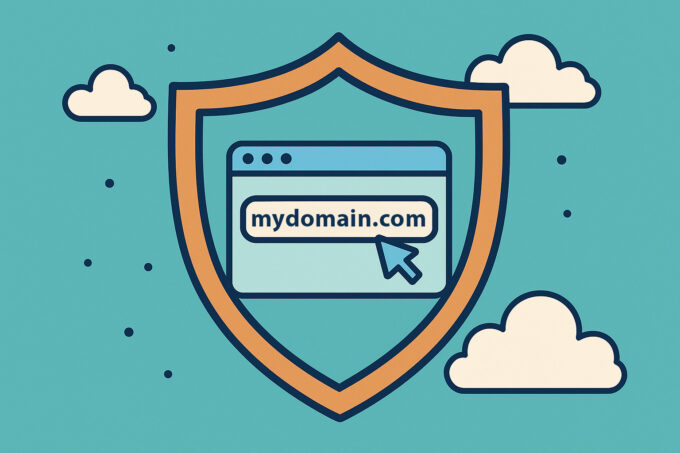In today’s digital age, having a strong online presence is crucial for businesses. While many focus on creating a visually appealing website, the question arises: does my website need a blog? In this article, we will explore the benefits and drawbacks of having a blog on your website, the recommended platform for blogging, tips for writing engaging blog posts, ideal blog post length, and the optimal placement of your blog on your website.
What is a blog?
A blog is a section on a website where regular, chronological entries, known as blog posts, are published. It allows individuals or businesses to share informative, entertaining, or thought-provoking content with their audience. Blogs often cover various topics related to the website’s niche, providing value and establishing credibility.
Pros and Cons of Having a Website:
Pros:
- Dynamic Content: A blog adds fresh content to your website, making it more engaging and informative for visitors.
- SEO Benefits: Incorporating relevant keywords within blog posts can improve your website’s visibility on search engines, attracting organic traffic.
- Demonstrates Activity: A regularly updated blog shows that your business is active and committed to sharing valuable information.
- Visitor Engagement: Blogs offer an interactive platform where visitors can comment, ask questions, and engage with your brand.
Cons:
- Time-Consuming: Maintaining a blog requires time and effort to consistently produce quality content.
- Potential Vulnerabilities: If not properly secured, a blog can open up vulnerabilities that could be exploited by hackers.
- Neglected Content: A neglected or outdated blog can create a negative impression on visitors, undermining your brand’s credibility.
What Platform to Use for a Blog?
WordPress is our recommended platform for blogging. It is user-friendly, widely supported, and offers a vast array of themes and plugins for customization. If your website is already built using WordPress, integrating a blog is relatively straightforward with minor adjustments to match your brand’s style.
How to Write a Blog Post?

To create a compelling blog post, start with a wireframe outline. Organize your content into relevant topics and fill in the gaps with engaging text, incorporating desired keywords. Use a unique approach to content delivery and include relevant images to enhance readability and visual appeal.
How Long Should a Blog Post Be?

Tailor for your audience based on the type of business you’re running and attention span you expect from your visitors. Aim for a minimum length of 300-400 words to attract search engine interest. However, depending on the complexity of the topic, longer articles can provide more in-depth insights and value to your readers.
What do I write about?
To create a truly compelling and captivating blog post, it’s important to delve deeper into the process of crafting your content. Here are some additional tips to consider:
- Understand Your Audience: Before you start writing, take the time to understand your target audience. What are their interests, pain points, and preferences? Tailor your content to resonate with them and provide valuable insights or solutions.
- Develop a Captivating Introduction: The introduction is your opportunity to hook readers and entice them to keep reading. Start with a compelling opening sentence or a thought-provoking question that sparks curiosity. Engage your audience from the very beginning.
- Tell a Story: Humans are wired to respond to stories. Incorporate storytelling elements into your blog post to make it relatable and memorable. Weave anecdotes, personal experiences, or case studies into your content to create an emotional connection with your readers.
- Use Clear and Concise Language: Write in a simple and conversational tone. Avoid jargon or technical terms that might confuse your readers. Break down complex ideas into easily digestible chunks, and use subheadings to guide readers through your article.
- Incorporate Data and Examples: To strengthen your arguments and provide credibility, support your statements with relevant data, statistics, or studies. Include real-life examples or case studies to illustrate your points and make your content more relatable.
- Include a Call to Action: At the end of your blog post, include a clear call to action (CTA). This could be inviting readers to leave a comment, share the post on social media, subscribe to your newsletter, or explore related content on your website. Encourage reader engagement and create a sense of connection.
- Edit and Proofread: Before publishing your blog post, ensure it is well-edited and error-free. Read it aloud to catch any awkward phrasing or grammatical errors. Consider having a colleague or friend review it for an additional perspective.
Remember, a blog post should be informative, engaging, and add value to your readers’ lives. By incorporating these tips into your writing process, you can create blog posts that resonate with your audience, drive traffic to your website, and establish your brand as a trusted authority in your industry.
Additionally, don’t underestimate the power of visually appealing content. Include relevant images, infographics, or videos throughout your blog post to break up the text and enhance the overall reading experience. Visual elements not only grab attention but also aid in conveying information more effectively.
By following these guidelines, you’ll be well on your way to creating engaging and impactful blog posts that keep your readers coming back for more.
Where Should the Blog Be Positioned on Your Website?
Consider having a dedicated archive page to showcase your latest posts. Additionally, include a blog feed in a widget or section on the home page and other relevant pages. This engages visitors from the page they landed on, encourages internal links, and promotes the visibility of your blog posts in search engines due to regularly updated content.
Make a decision and invest in having a blog today.

While maintaining a blog requires effort, the benefits of having one on your website are substantial. A blog not only provides fresh and engaging content for visitors but also enhances search engine optimization and showcases your brand’s expertise. By following best practices for writing and positioning your blog, you can leverage this powerful tool to connect with your audience and drive traffic to your website.



